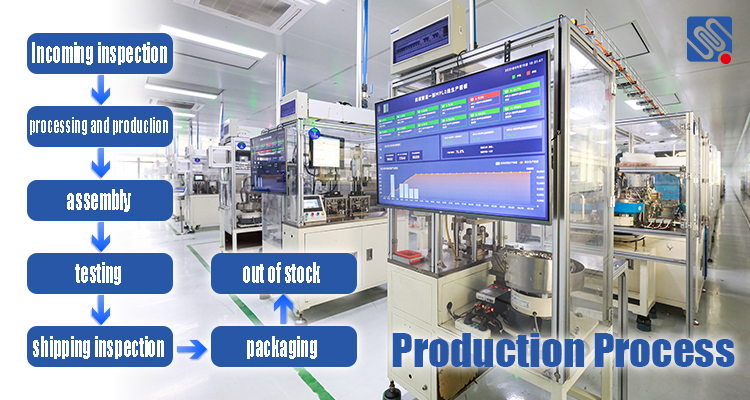relay production: a critical component in modern electronics
Release time:2025-04-21 22:55:14
Relay production plays a significant role in the electronics industry, providing essential components used in a wide variety of electrical systems. These electromagnetic devices are integral to controlling electrical circuits by opening or closing contacts in response to an electrical signal. Relays are used in everything from home appliances to industrial machines, from automotive systems to telecommunications. The process of manufacturing relays involves precision, advanced technology, and strict quality control measures to ensure reliability and efficiency in the final product.

The Basics of Relay Functionality
A relay is an electrically operated switch that allows one circuit to control the operation of another circuit without a direct electrical connection. The primary components of a relay include an electromagnet, a set of contacts, and a spring. When current flows through the coil of the electromagnet, it creates a magnetic field that pulls a movable armature, which in turn changes the position of the contacts. This opens or closes the circuit, allowing or interrupting the flow of current.
Relays come in a variety of types, including electromechanical relays, solid-state relays, and hybrid relays. Electromechanical relays (EMRs) are the most common and utilize mechanical movement to operate the contacts. Solid-state relays (SSRs), on the other hand, use semiconductor components to perform the switching action without any moving parts. Hybrid relays combine both electromechanical and solid-state components for applications requiring both high switching capacity and fast response time.


